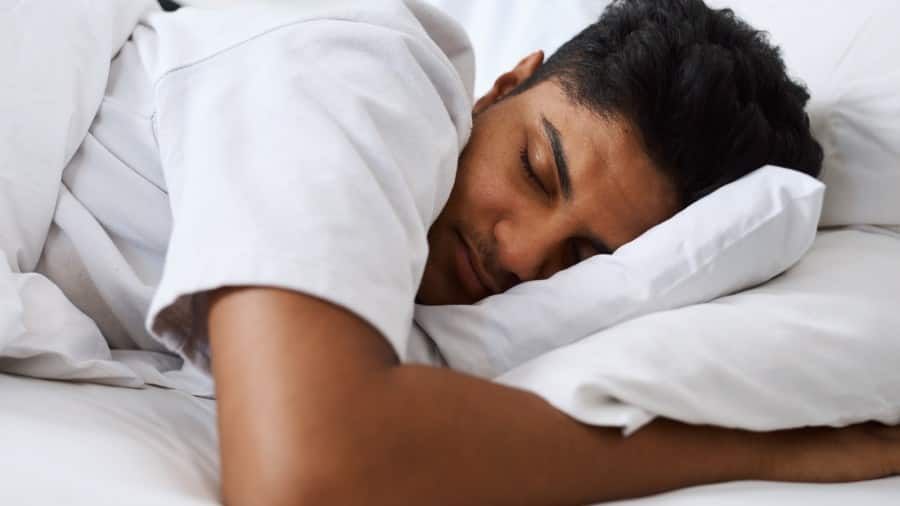Symptoms of Teeth Grinding
The most common symptom of teeth grinding is a headache. Other symptoms include muscle aches, enlargement of facial muscles, temporomandibular joint (TMJ) discomfort, stiffness of the shoulders and neck, ear pain and sleep disorders according to the Indian Journal of Dental Research. The teeth are adversely affected and show abnormal wear and mobility. This leads to fracture and loss of teeth.
Causes
Stress, anxiety, smoking, heavy alcohol, caffeine, depression and sleep disorders are all possible causes of teeth grinding according to the Bruxism Association. There is, however, little evidence to directly support any cause. Research has shown that teeth grinding is found more frequently in people who snore or suffer from obstructive sleep apnea and in people whose lifestyle includes smoking, drinking alcohol and caffeine.
It has been found that 70 of people clench and grind their teeth as a result of stress and anxiety. Some research has shown a possible link between teeth grinding and a stressful work environment.
Treatment for Teeth Grinding
How can you stop clenching or grinding your teeth? It depends on the cause. Is it due to a sleep disorder, lifestyle factors or stress and anxiety? It is important to have your dentist evaluate you with a comprehensive exam and develop a treatment plan that is specific for you.
The best way to protect your teeth and prevent tooth wear and fracture is to wear an occlusal appliance. These appliances have different names, including occlusal splints, occlusal bite guards, night guards, bite plates and bruxism appliances. These are custom made, specially fitted plastic mouth pieces that fit over your upper or lower teeth. Wearing one of these appliances will reduce jaw muscle pain and protect both your teeth and temporomandibular joint. The appliances are usually worn at bedtime and are considered the treatment of choice.
Other Treatment Options: Mandibular Advancement Devices
Other appliances are also used. These are called mandibular advancement devices. These are also custom made, specially fitted appliances and usually fit over your upper and lower teeth. Mandibular advancement devices typically bring your lower jaw (mandible) forward. These devices are used when a sleep disorder is a probable cause of grinding. The device is used to help manage snoring and sleep apnea. When your teeth grinding is caused by sleep apnoea, this is the preferred treatment.
If anxiety or stress is believed to be the cause of your teeth grinding, then behavioural management is a must. Relaxation techniques, meditation and psychoanalysis can help manage the stress and anxiety. Hypnosis has also been found to help relieve grinding of your teeth. A case report by the Medical Journal of Dr. D. Y. Patil Vidyapeethfound hypnosis to have positive long-term effects on the subject who was a 26 year old female from Mumbai, so this treatment has some promise. Sometimes a combination of behaviour modification and occlusal appliances is required.
Putting an end to the clenching or grinding of your teeth requires an evaluation by your dentist or by an oral and maxillofacial surgeon. After an exam, a treatment plan can be implemented. It may include an occlusal appliance and, possibly, behavioural modification methods.
This article is intended to promote understanding of and knowledge about general oral health topics. It is not intended to be a substitute for professional advice, diagnosis or treatment. Always seek the advice of your dentist or other qualified healthcare provider with any questions you may have regarding a medical condition or treatment.
ORAL HEALTH QUIZ
What's behind your smile?
Take our Oral Health assessment to get the most from your oral care routine
ORAL HEALTH QUIZ
What's behind your smile?
Take our Oral Health assessment to get the most from your oral care routine













